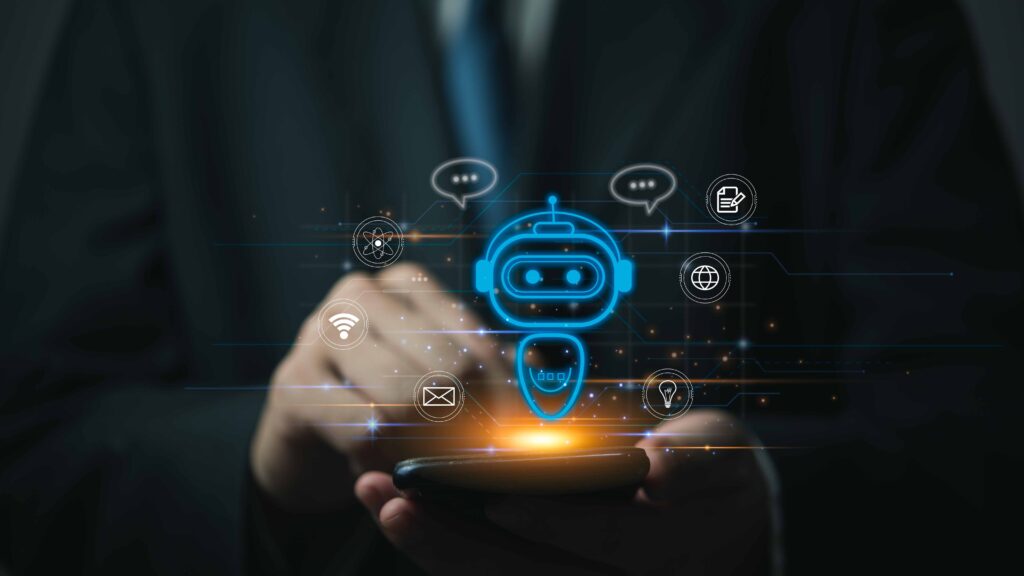This year, the promise of more human-like, natural chatbot and voicebot interactions will only happen if organisations give the subject of ‘content’ the respect and attention it deserves. The technology advancements are all well and good, but the mantra from the early days of databases still holds true – what comes out is only as good as what goes in.
Building chatbot and voicebot interactions that are virtually indistinguishable from human-to-human interactions requires, of course, the right backend technology architecture and a modern composable management platform to enable automatic user analysis, data analytics and content adaptation real-time. It must be able to handle high data volumes, at speed, real-time.
The non-negotiable feature of a conversational AI platform that any organisation is looking to use, must be the ability to continuously evolve content and outputs. This content updating must be based on input from users and must be optimised for every interaction.
Whether a user is engaging with a chatbot for e-commerce purposes, entertainment, educational activities or health-care guidance, the user preferences for that activity must be highly personalised to ensure relevancy, accuracy and consistency. Only with these capabilities underpinning chatbot interactions, will customers have the experience that they expect.
Language is personal
There has been much written about injecting brand personality, tone, and voice into a chatbot, and this is a standard capability today. However, language is forever evolving. The ability of chatbots to dynamically learn and adapt, to be relevant and capable of having personalised conversations means that, embedded in the conversational AI platform, needs to be the ability to capture and decipher slang, abbreviations, and communication patterns; all of which are continuously emerging.
New language must be incorporated in the knowledge management system, and the content always aligned to context. Importantly all new language needs to be integrated into the knowledgebase within a robust framework to ensure that biases are not inadvertently introduced.
The fact is that human-like interactions require human-like language. The chatbot or voicebot must understand generation, context, and relevance. Imagine a voicebot that didn’t quite understand the over-use of the word like in many a spoken conversation by an entire generation or two.
Multilingual communication
The first generation chatbots can effectively make use of translation tools and engage in multi-lingual conversations. Every language, and dialect of language, has specific idioms and cultural nuances, and in the spoken word there are many accent variations in every language.
The next generation chatbot will, with the right focus on content, be able to have real-time multilingual conversations, and will not be phased by idioms, slang, or abbreviations, and voicebots will be fluent in all accents.
Personalisation – real time
Real time personalisation is more than providing a user with content based on individual tastes and interests or conversing in the right tone and format. It is also about providing users with dynamic recommendations, for example in a sales context, where a user, shopping in an e-commerce app, is provided recommendations and suggestions of other ‘items’ to match their selection.
Real-time personalisation means that an interaction will be highly adaptive. In education, for example, if a student is finding a task difficult or too easy, AI could adjust the content and provide either less or more challenging content.
Custom made experiences
The advancements in AI technology make it possible for chatbot and voicebot interactions to be tailor-made to each individual. These hyper-personalised experiences are only possible if the conversational AI platform allows for continuous learning from data and can dynamically adjust real-time to deliver the most relevant content and recommendations, and use language expressions that resonate with the user.



